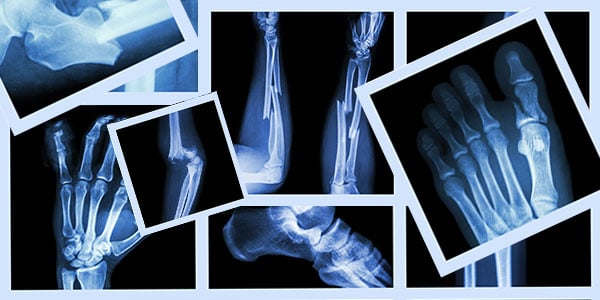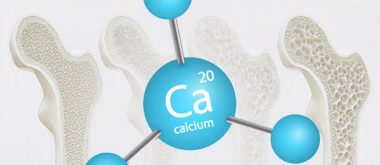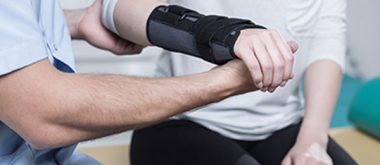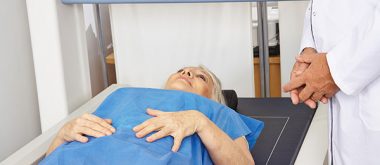While many individuals associate bone loss with menopause and a common issue for aging women, bone loss is a risk that both men and women over 65, should be concerned about. While this side effect of aging is common, certain dietary and physical activity changes can strengthen and protect your body’s framework.
Primary Vs. Secondary Osteoporosis
Primary osteoporosis
is generally the result of aging. Both men and women past the age of 65 run the risk of bone density loss due to hormonal changes. The body simply loses the ability to absorb the calcium necessary to prevent the bones from becoming more fragile.
This bone loss leaves older men susceptible to fractures. While the combination of age, hormones and bone loss in women have been studied extensively with regard to hip fractures, it should be noted that older men are also at risk of hip damage and are likely to suffer more complications than women.
Secondary osteoporosis,
on the other hand, is the loss of bone mass due to factors outside of aging. Such factors include smoking, alcohol abuse, exposure to glucocorticoid medications (including asthma treatments), low testosterone, and immobilization.
Screening for Osteoporosis in Men
X-Rays alone are not a good measure of loss of bone mass. To properly study bone density, a DEXA (dual-energy x-ray absorptiometry) scan must be done. This measurement is generally taken of the lower spine and hips. This scan measures the amount of remaining bone against soft tissues to determine your bone density.
After the scan, you’ll get a T score and a Z score. The T score measures your remaining bone density against the bone density of a healthy young adult, and the Z score measures your bone density against those of your own age group.
Reducing the Risk of Fractures from Male Osteoporosis
while screenings for osteoporosis can determine the extent of the problem, osteoporosis can be an unknown threat if symptoms have yet to make their appearance. For this reason, it is important to employ effective lifestyle, dietary and activity changes as you age to reduce your risk of potential, and possibly additional, bone loss.
Lifestyle Factors:
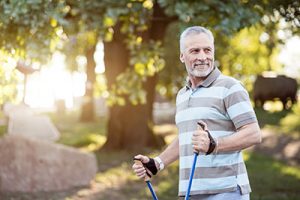
Diet:
Increasing calcium intake can be done via supplementation or dietary changes. Be aware that calcium supplements can cause digestive distress; discuss any changes such as constipation with your doctor.
Dairy products are natural sources of calcium, but if you can’t tolerate dairy or don’t consume it, there are calcium fortified foods such as fruit juices and breakfast cereals.
Activity:
Get moving. A daily walking habit is the simplest way to increase your weight-bearing activities and put healthy, strengthening stress on your bones.
Be certain to find an exercise program that helps you focus on your spine. Yoga and tai chi are a great way to boost the strength of the muscles that wrap your spine. These exercises also improve your balance and reduce the risk of a catastrophic fall.
If slow classes such as yoga don’t appeal, consider shadow-boxing training. You don’t need to land a punch (putting stress of hands and wrists) to quicken your responses and get your body moving. If you stumble, a quick response can prevent you from hitting the floor.
Precautionary Measures: Preventing Falls
There are several steps you can take to make daily life safer.
- Keep stairways clear
- Put non-slip mats under rugs
- Add non-slip adhesives to tubs and showers
- When in doubt, turn on the lights
- Add handrails to staircases and grab bars in the bathroom
- Finally, if you need glasses, wear them!
Getting older isn’t easy, but as they say, it beats the alternative. If you’ve spent your life in an office chair, you may have fewer aches and pains, but you may be facing bone loss as you age. You can take steps to improve your bone health, improve your balance, strengthen your core and keep moving forward.
